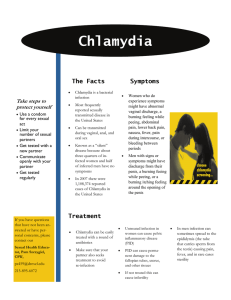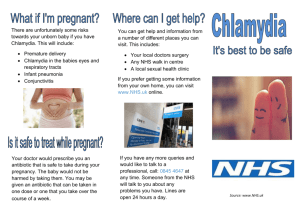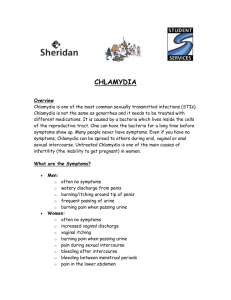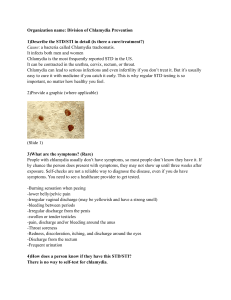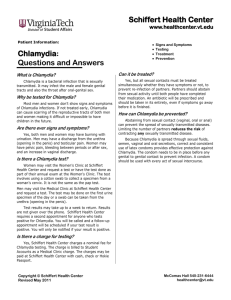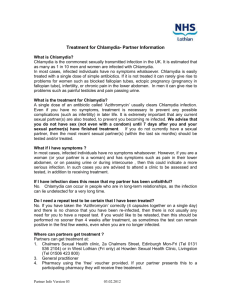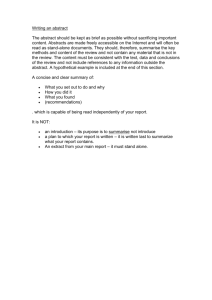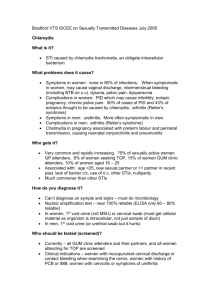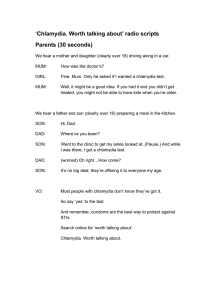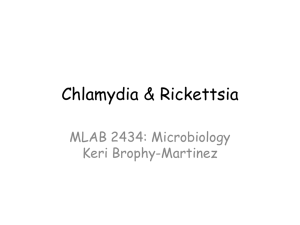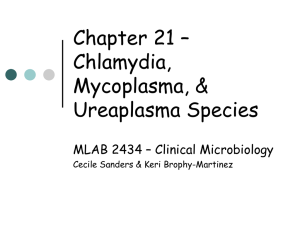Formal Report Writing Guide (word doc).
advertisement
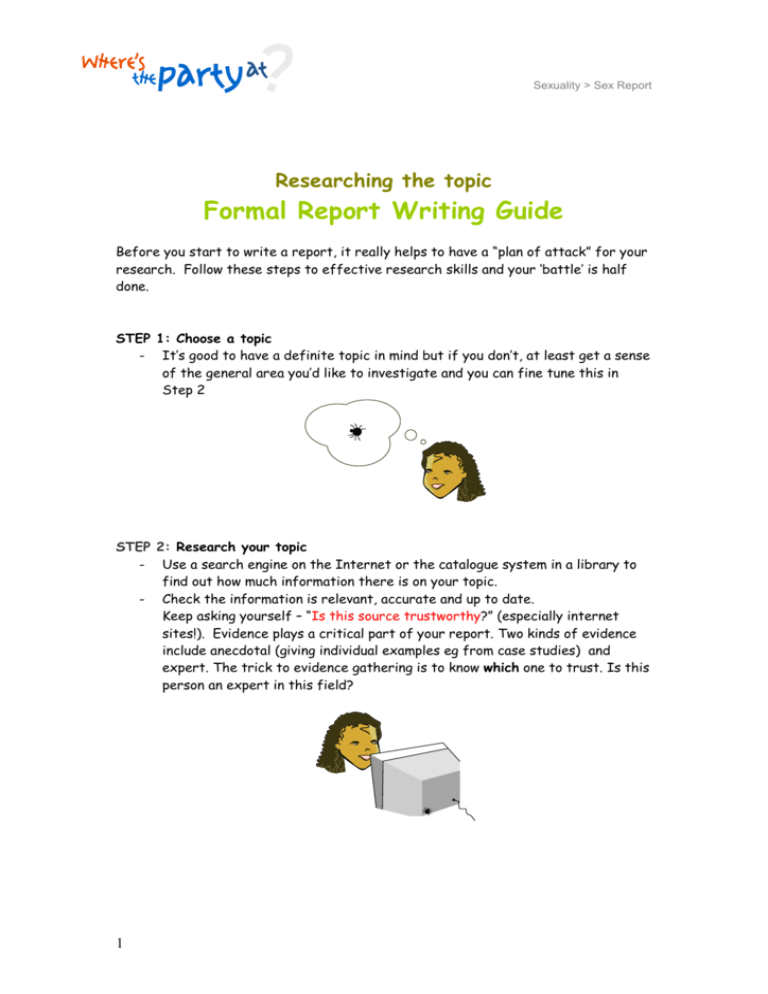
Sexuality > Sex Report Researching the topic Formal Report Writing Guide Before you start to write a report, it really helps to have a “plan of attack” for your research. Follow these steps to effective research skills and your ‘battle’ is half done. STEP 1: Choose a topic - It’s good to have a definite topic in mind but if you don’t, at least get a sense of the general area you’d like to investigate and you can fine tune this in Step 2 STEP 2: Research your topic - Use a search engine on the Internet or the catalogue system in a library to find out how much information there is on your topic. - Check the information is relevant, accurate and up to date. Keep asking yourself – “Is this source trustworthy?” (especially internet sites!). Evidence plays a critical part of your report. Two kinds of evidence include anecdotal (giving individual examples eg from case studies) and expert. The trick to evidence gathering is to know which one to trust. Is this person an expert in this field? 1 Sexuality > Sex Report STEP - 3: Collecting your information Start thinking about the kind of information you’ll be putting in your report. Make a list of specific questions about things you’d like to cover. Where relevant – think about people you could interview. Evidence plays a critical part of your report. This may include quotes from experts, data from surveys or previous reports, anecdotal evidence from case studies. STEP - 4: Make sense of your information Search for the answers to your questions. Take notes as you find answers. Keep track of the sources of your information eg a list of websites or books used. Answers 2 Sexuality > Sex Report Formal Report Writing Guide Writing the Report – Language This tends to be more formal than spoken language. When writing your report: - - - use the present tense eg STIs are on the increase do not use contractions: e.g. “It is alarming that Chlamydia ” not “It’s alarming that Chlamydia” use formal language rather than chatty, everyday language Chlamydia infects the urethra in a man, rather than, Chlamydia infects a man’s dick. use language like medical terms specific to the topic e.g. People with concurrent sexual partners are particularly at risk rather than People who sleep around are likely to catch a disease. clarify or interpret facts with examples e.g. “What this means is . . .”, “in other words . . .” Writing the Report – Structure Formal reports follow the following format. - Title - Introduction - Body which is the main heading where you give some background on the topic, explain the purpose of your report and summarise the information you’re going to present which is the details, written in paragraphs, one point per paragraph. The body, often has: - sub-headings that clarify each main point and help the reader to skim read to get an overview - bulleted or numbered lists to minimise the text and set out information clearly - statistics quotes and references - Conclusion where you summarise the main points detailed in the body of your report. It often reinforces the points referred to in the introduction. - Recommendations where appropriate, recommendations based on the information presented, can be suggested at the end of the report 3
